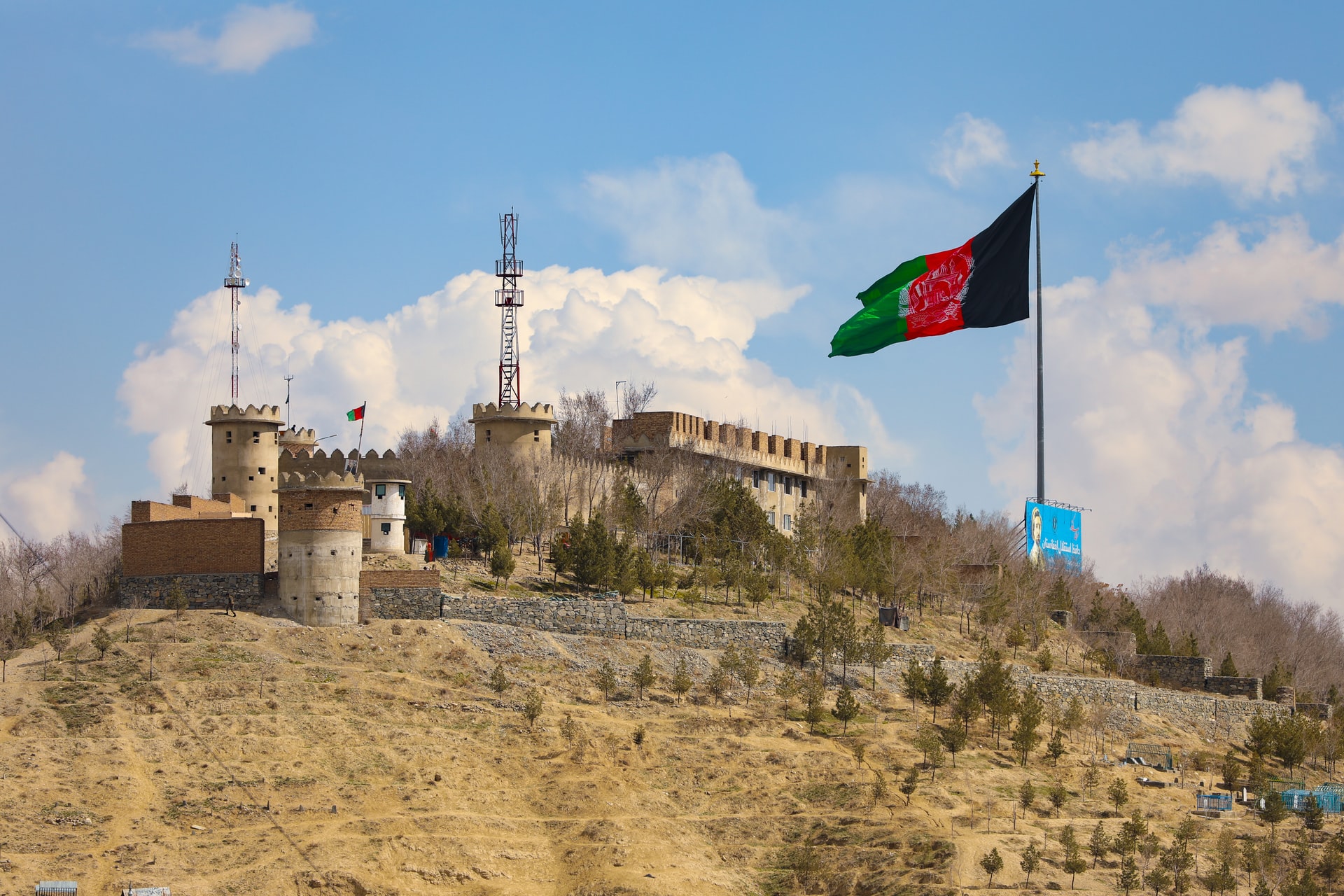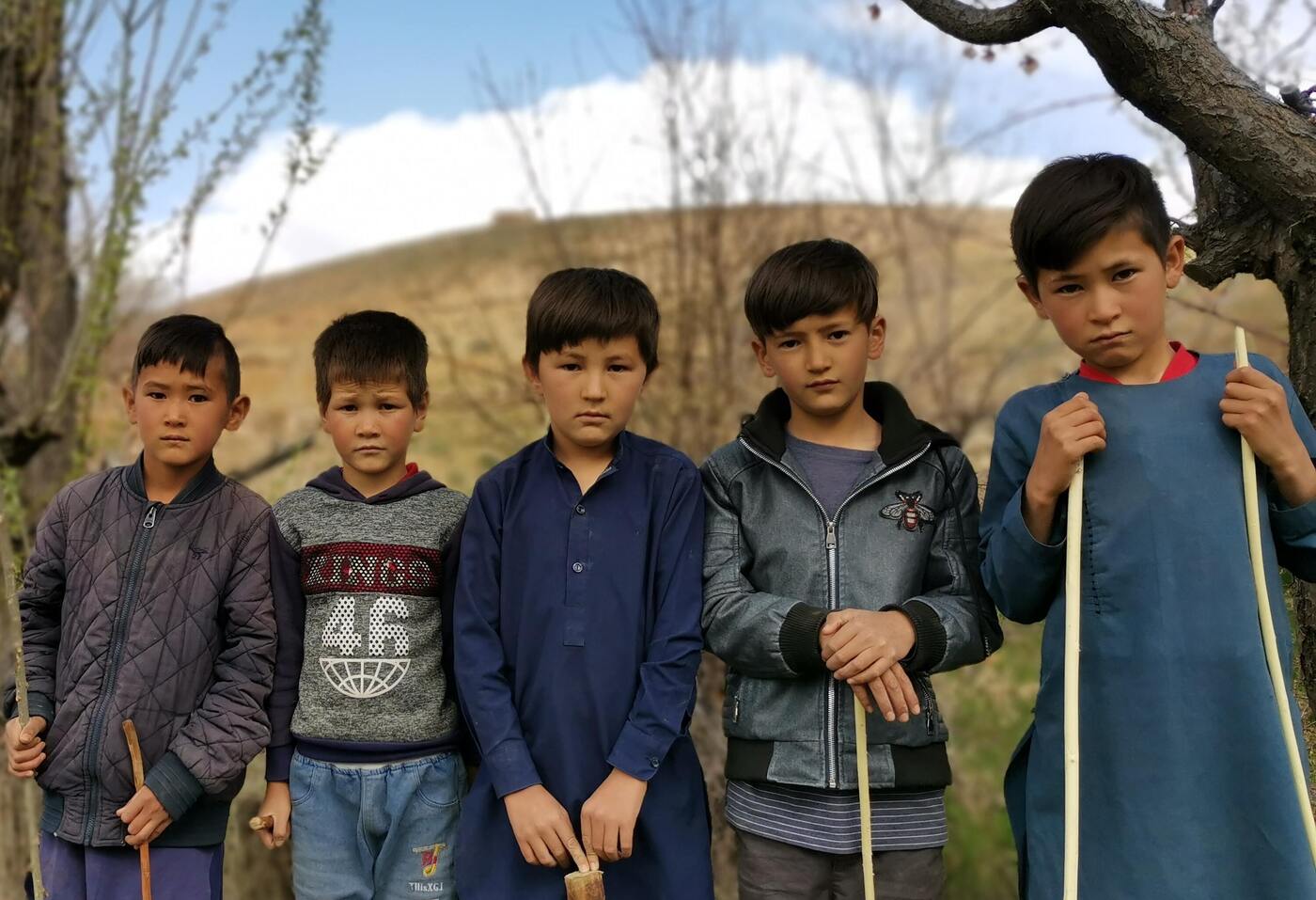As the Taliban increases its hold over Afghanistan, the last of the non-Muslim minority — predominantly Sikh, and a small number of Hindus — in the country are once again confronted with the option of remaining or leaving Afghanistan, where they have lived for centuries. Tridivesh Singh Maini considers the challenges to repatriate Afghan minorities, confronted as they are by increasing local dangers and a desire to remain in their homeland.
Over the past four decades, the number of Sikhs in Afghanistan has been dwindling: while in the 1970s, the population of both Sikhs and Hindus was estimated at well over 200,000 (though some say it was even higher); the first exodus of minorities from Afghanistan began when the Mujahideen captured power in 1992, with an estimated 50,000 Sikhs and Hindus leaving their country. As of 2020, only 10 Gurudwaras were functioning as a result of the migration of the population, leading to a lowering in the number of sewadars (volunteers) to take care of the places of worship. There are varying estimates about their numbers being anywhere between 650–700.
Sikhs have been living in Afghanistan for centuries, from the time when it was part of the Mughal empire, and travel and settlement of all communities across the empire was common. Sikh settlement in Afghanistan can be traced back to the fourth Udaasi (preaching tour) of the founder of the Sikh faith, Guru Nanak Dev, along with his companion Bhai Mardana to Afghanistan. The 7th Guru of the Sikhs, Guru Har Rai sent preachers to present-day Afghanistan, who also established a dharamsaal (earlier name for Gurudwara; Sikh shrines).
The historian Inderjeet Singh has worked exhaustively on minorities living in Afghanistan. His book, Afghan Hindus and Sikhs: A History of a Thousand Years about the heritage of the two non-Muslim minorities in Afghanistan, is an especially useful source for understanding the history of the Sikhs in Afghanistan over the last 500 centuries.
Recent attacks
In recent years, attacks on minorities have once again been on the rise. In 2018, senior leaders of the Sikh and Hindu community were killed (a total of 20 people lost their lives, including a prominent Sikh leader Awtar Singh Khalsa), when they were on their way to meet Afghan President Ashraf Ghani. Yet, the remaining minority community were reluctant to move out. A suicide attack on Gurudwara Har Rai Sahib in Kabul, in March 2020, resulting in the death of 25 individuals perhaps signalled that for the imminent future, the remaining population of Sikhs and Hindus in Afghanistan needed to exit the country.
In July 2020, a group of 11 Afghan Sikhs moved to India, and were granted short-term visas; more recently, many others have also arrived in India hoping that they will ultimately be assisted in moving to a third country. According to estimates there are 18,000 Afghan Sikhs in India (mostly in Delhi, Punjab and Haryana). More than half of them have citizenship, while others are on long-term visas or have refugee status. While the Citizenship Amendment Act (CAA) passed in December 2019 sought to provide citizenship to non-Muslims from Pakistan, Bangladesh and Afghanistan who had come to India due to religious persecution and had settled in India in 2014, there has been a delay in implementation of the same (the Covid-19 pandemic has been cited as the reason for the delay by the Government of India).
It is perhaps pertinent to point out here that while some Afghan Sikh and Hindu families have moved to India, the majority are spread out in different parts of western Europe and North America (in Europe, Afghan Sikhs in the UK, and Afghan Hindus in Germany).
The Response of the West
The issue of safety of minorities in Afghanistan has been raised by many organisations based in the West, by those like the Manmeet Singh Bhullar Foundation (Canada) and a number of other Sikh NGOs and Human Rights organisations. Through the Bhullar Foundation’s efforts, a number of Afghan Sikhs and Hindus were able to first move to India and then relocate to Canada (as of 2019, 65 families were relocated to Canada, and 20 families to India. The Foundation is also working with the Government of Canada to bring 120 individuals under the Private Sponsorship of Refugees Program.
In August 2020, as a result of lobbying by a number of civil society groups, Canadian policy-makers and ministers from different shades of the political spectrum wrote to Marco Mendicino, Canada’s Minister of Immigration, Refugees and Citizenship, for a special program to resettle the two communities. Said the letter: ‘In light of the immediate threat faced by these communities, we urge you to create a special program for Afghan Sikh and Hindu refugees under 25.2 of the Immigration and Refugee Protection Act, so that they can be brought to safety in Canada.’ Canada has now introduced a Resettlement Program for Afghans who worked as interpreters and staff to assist Canadian armed forces, but minorities (i.e., Afghan Sikhs and Hindus) have not been included in this program. A number of civil society groups in Canada have been raising this issue with the Canadian government, urging the government to prioritise the security of the remaining Sikhs and Hindus in Afghanistan.
During his election campaign, US President Joe Biden had also spoken about providing asylum to Afghan Sikhs, and had urged the Trump Administration to ensure the security of these minorities. Said Biden: ‘I stand with the Sikh and Hindu communities in Afghanistan seeking safety for their families and the freedom to practice their faiths, and urge the Department of State to consider the request for emergency refugee protection.’ Biden also said that if he were to become President he would provide asylum to Afghan minorities. Twenty US Senators had also written a letter in June 2020 to then US Secretary of State, Mike Pompeo seeking emergency refugee protection. While highlighting the need to protect minorities in Afghanistan from terror groups (especially ISIS-K) the senators also asked the state department to ensure that minorities in Afghanistan benefit from US aid.
Challenges to repatriation
Minority communities in Afghanistan face a number of challenges. First, many of them — who have embraced their hybrid identity — have been reluctant to leave the country as this would mean leaving behind their homes, friends, their beloved Gurudwaras, and beginning life from scratch wherever they migrate. Commenting on the imprint of the non-Muslim minority in Afghanistan, Saad Mohseni said in an article that ‘they seemed to embrace the hybrid identity and took genuine pride in the link to this remote country. They belonged there.’ In May 2021, a number of Sikh and Hindu families who had moved to India moved back to Afghanistan not just because of economic reasons, but also because they were missing their homes.
Second, Afghan minorities often become a victim of regional geopolitical turbulence in South Asia, and petty politics (with certain groups indirectly dictating their choices). It is important to ensure that Afghan Sikhs and Hindus have agency in choosing their paths, stakeholders including Sikh groups, Human Rights organisations and governments which have provided asylum should provide support without dictating choices or imposing conditions, and understand their sensitivities.
Third, the plight of Afghan minorities should not be used as a means of increasing religious frictions, or whipping up hysteria against a particular community by other groups. The clash is not with any religious group per se but against majoritarian tendencies of any sort.
In conclusion, it is important that all stakeholders work towards ensuring the safety of the remaining minority population in Afghanistan. The focus should be on safe passage of the minority communities. The long term aim, which may seem utopian at the moment, should be to ensure that through diplomatic means those who want to return to Afghanistan can do so. For this, it is important that a multi-pronged approach is adopted, whereby channels of communication are open between all stakeholders.
Banner image © ‘Wazir Akbar Khan Hill’, Kabul by Sohaib Ghyasi, Unsplash.
The views expressed here are those of the author and do not represent the views of the ‘South Asia @ LSE’ blog, the LSE South Asia Centre or the London School of Economics and Political Science.







